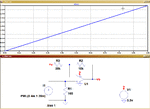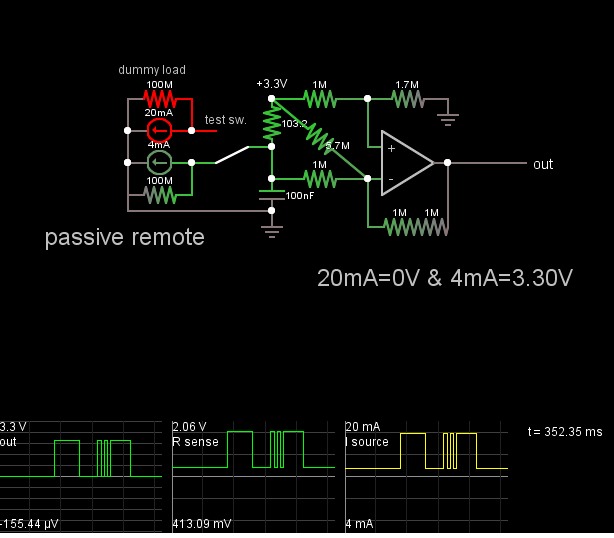Switcher
Newbie level 5
If you find my posts helpful, please provide a like.
@Yolco, Schmitt trigger: Need your help
1) I am trying a similar circuit. What are your views on this. Would it work? (My main circuit has 3.3V dc)
2) To test this circuit on a breadboard, I do not have a transducer right now. What is a simple and effective way to make an Adjustable Constant Current Source?
(I am thinking of using an LM7805 in current limit mode.)
https://www.ti.com/lit/ds/symlink/tl064m.pdf

